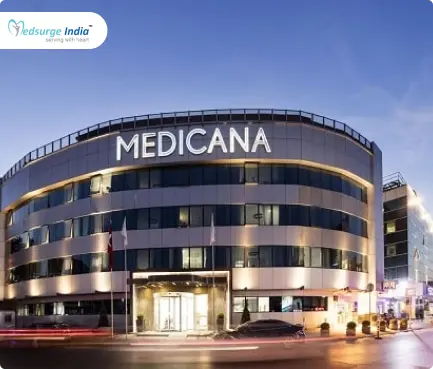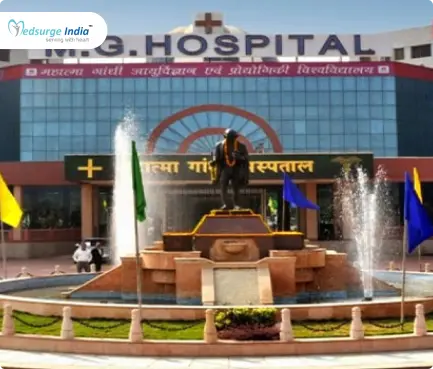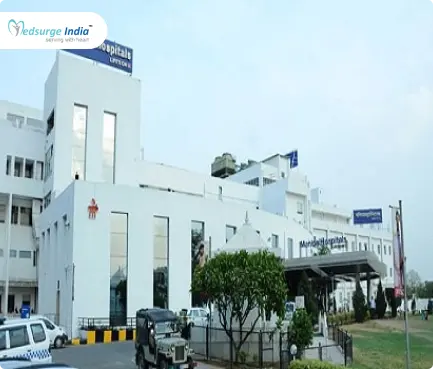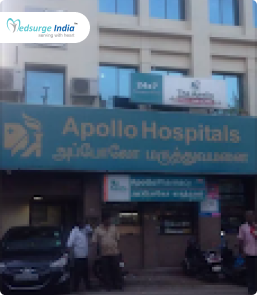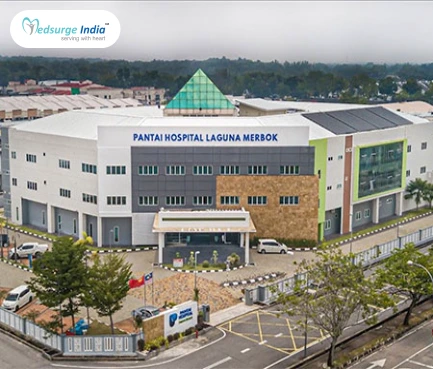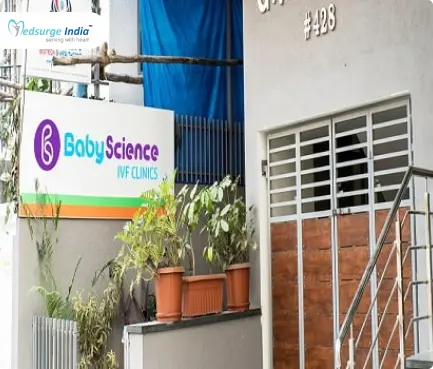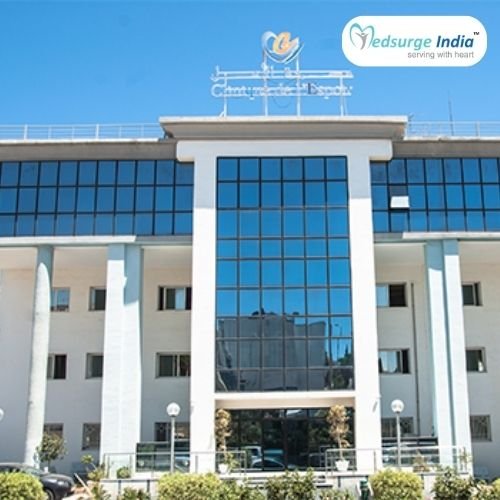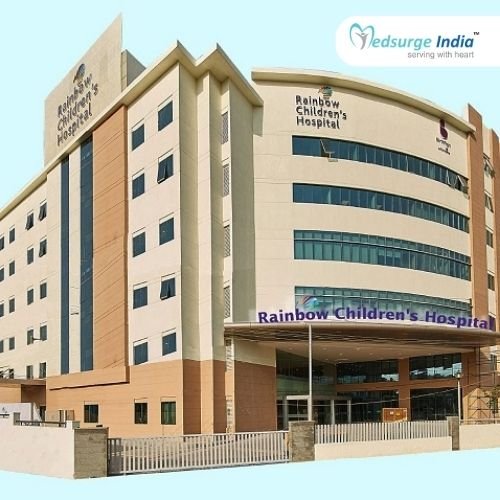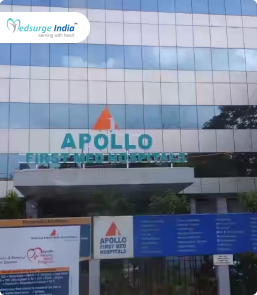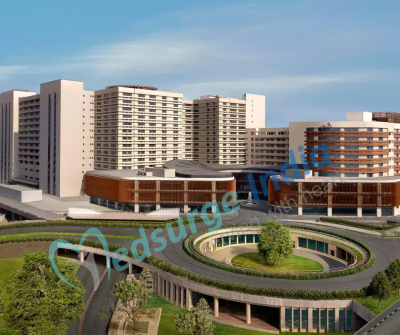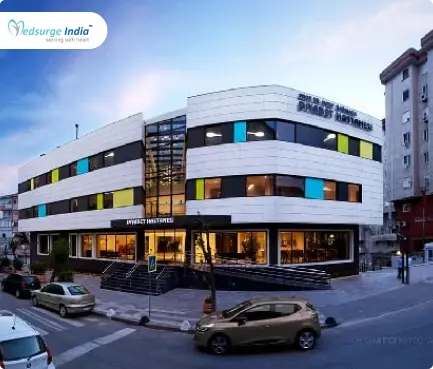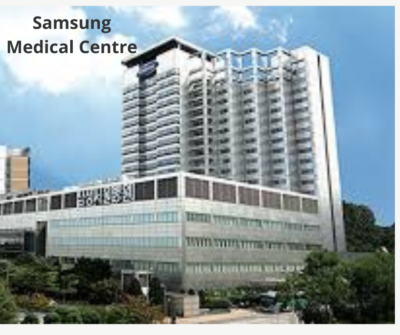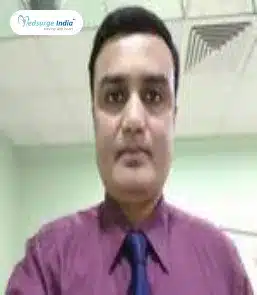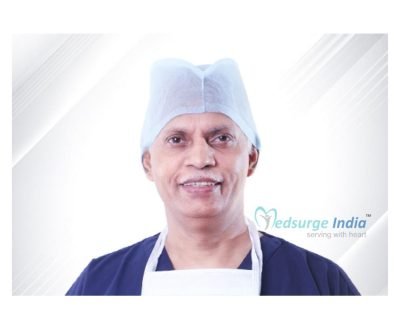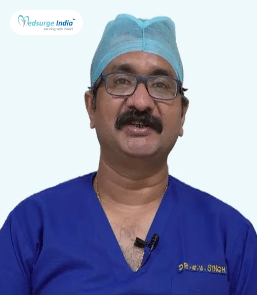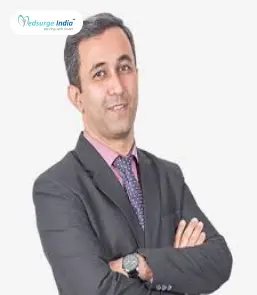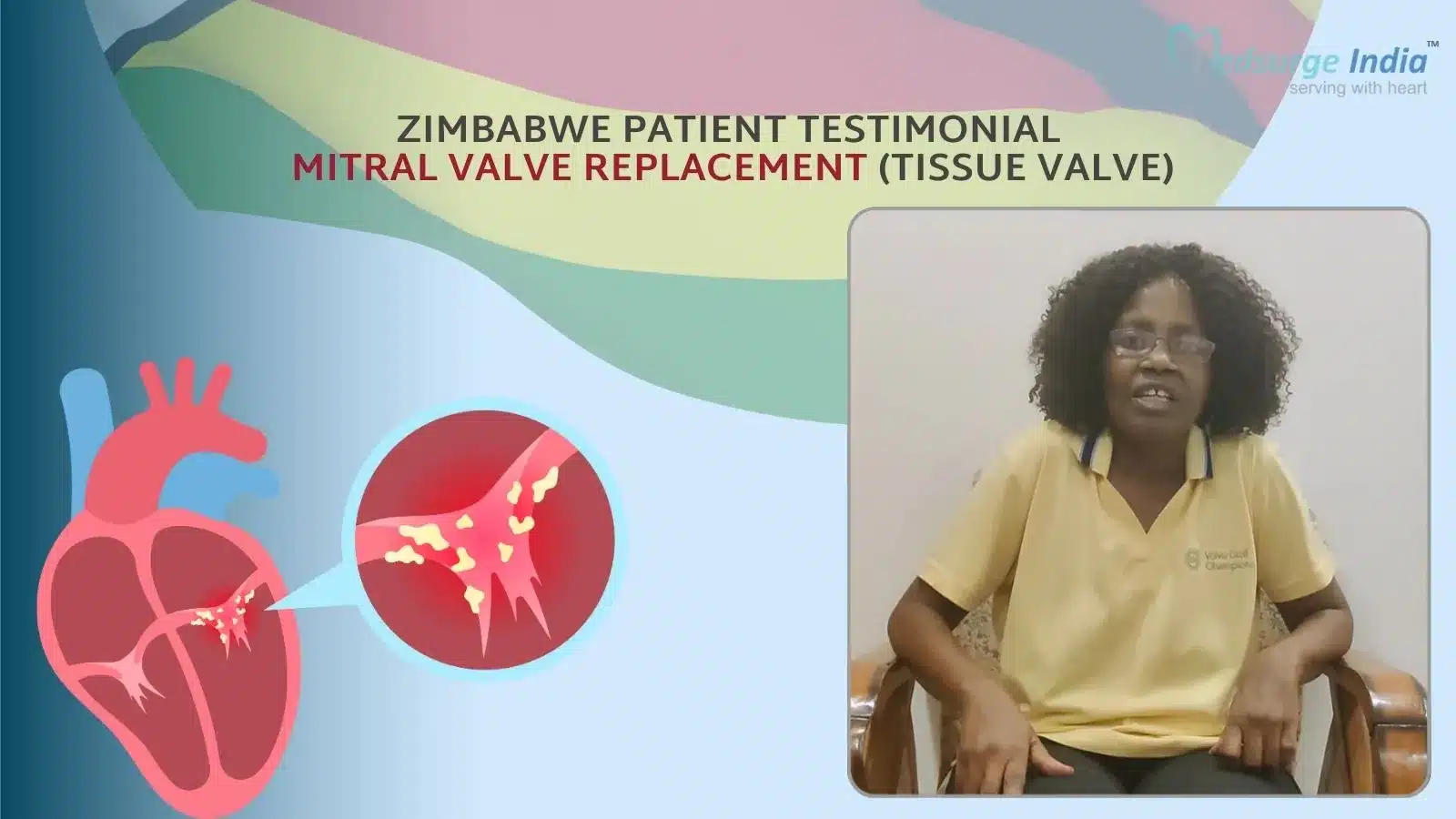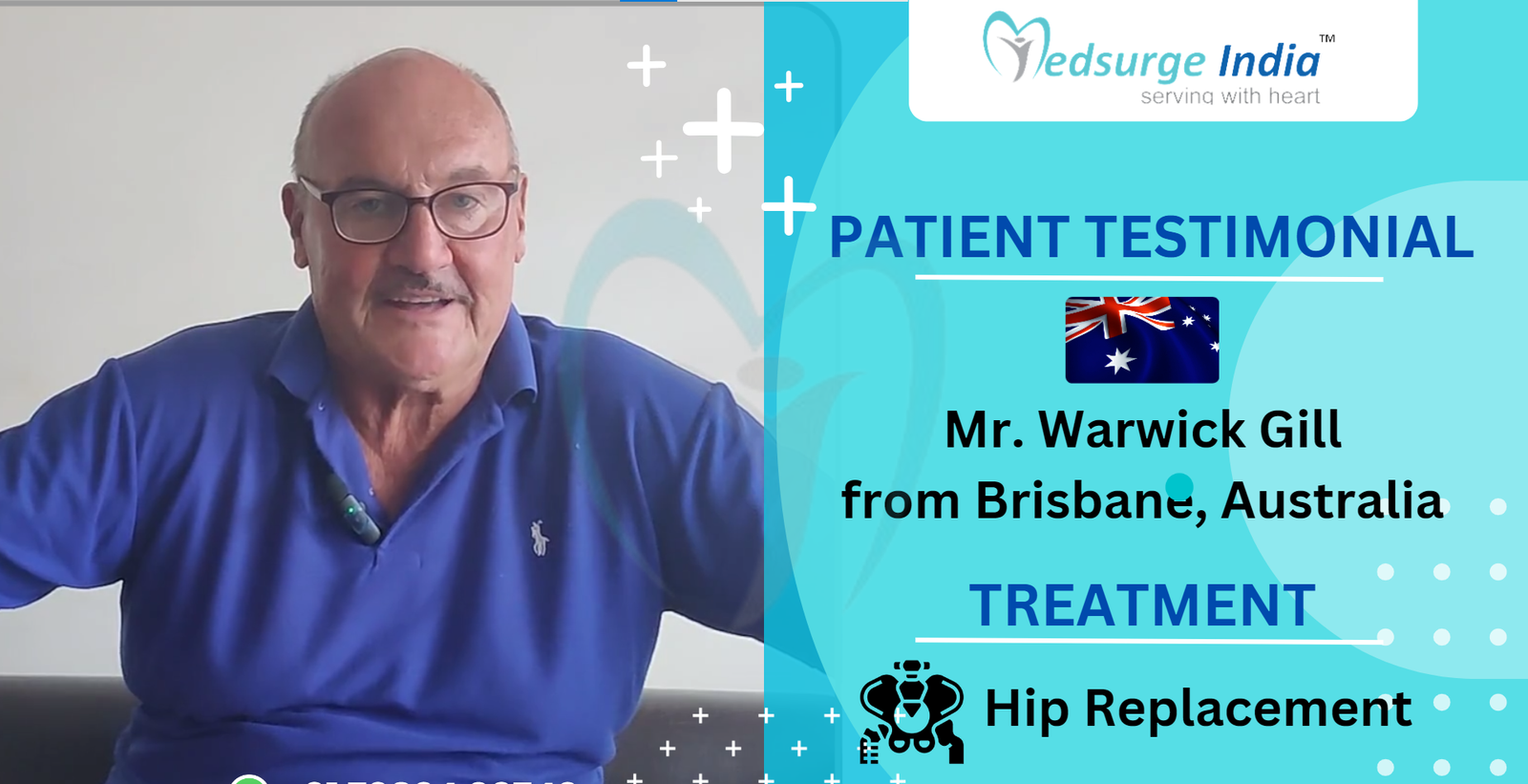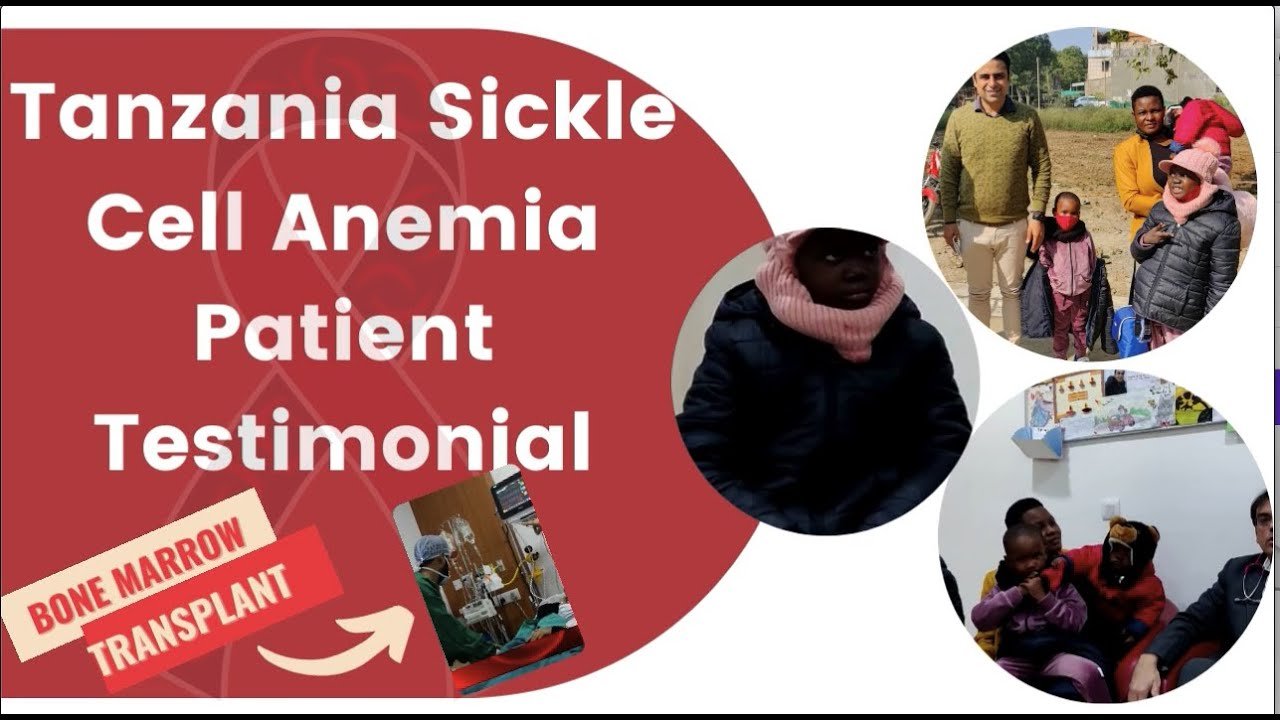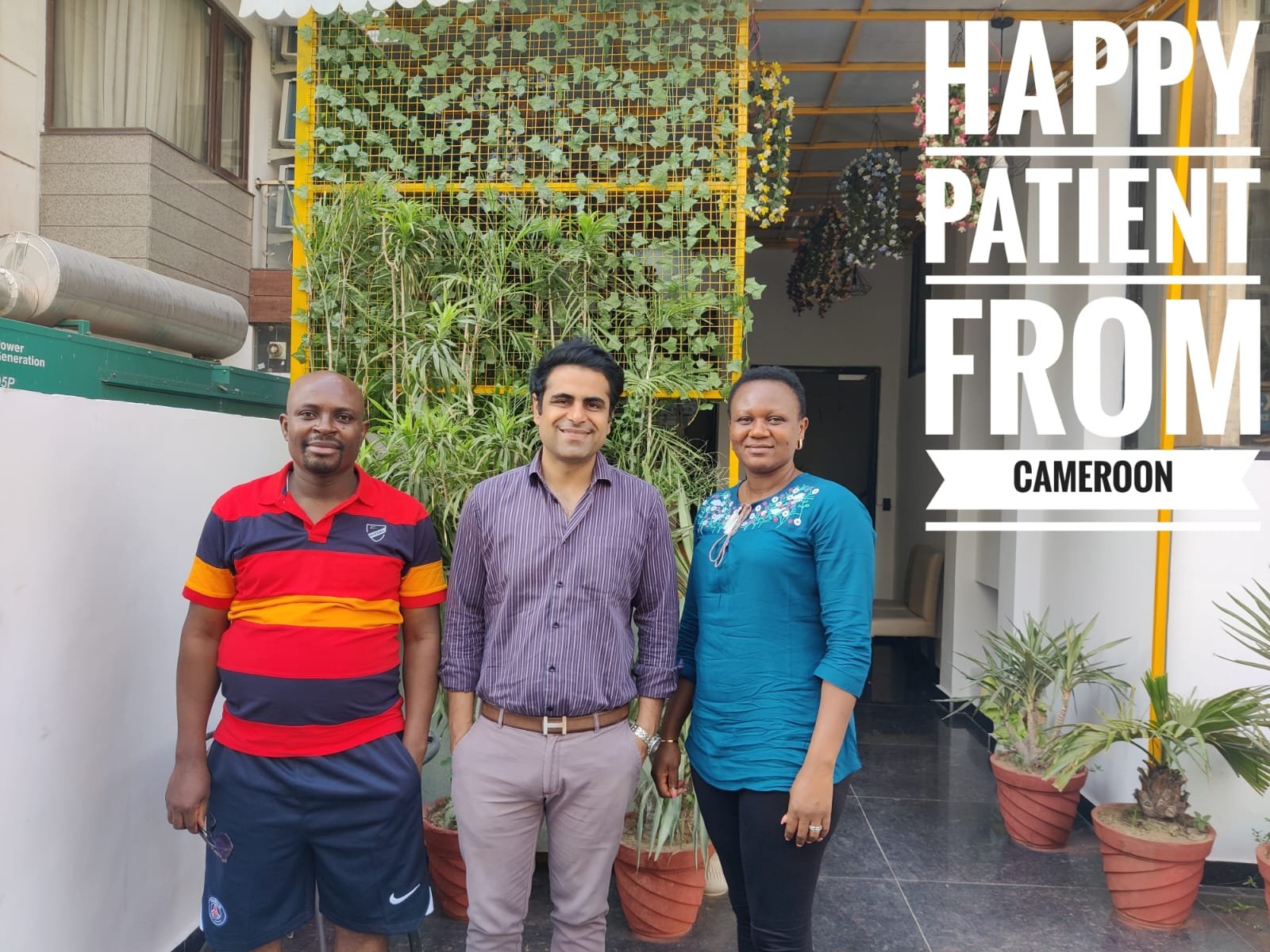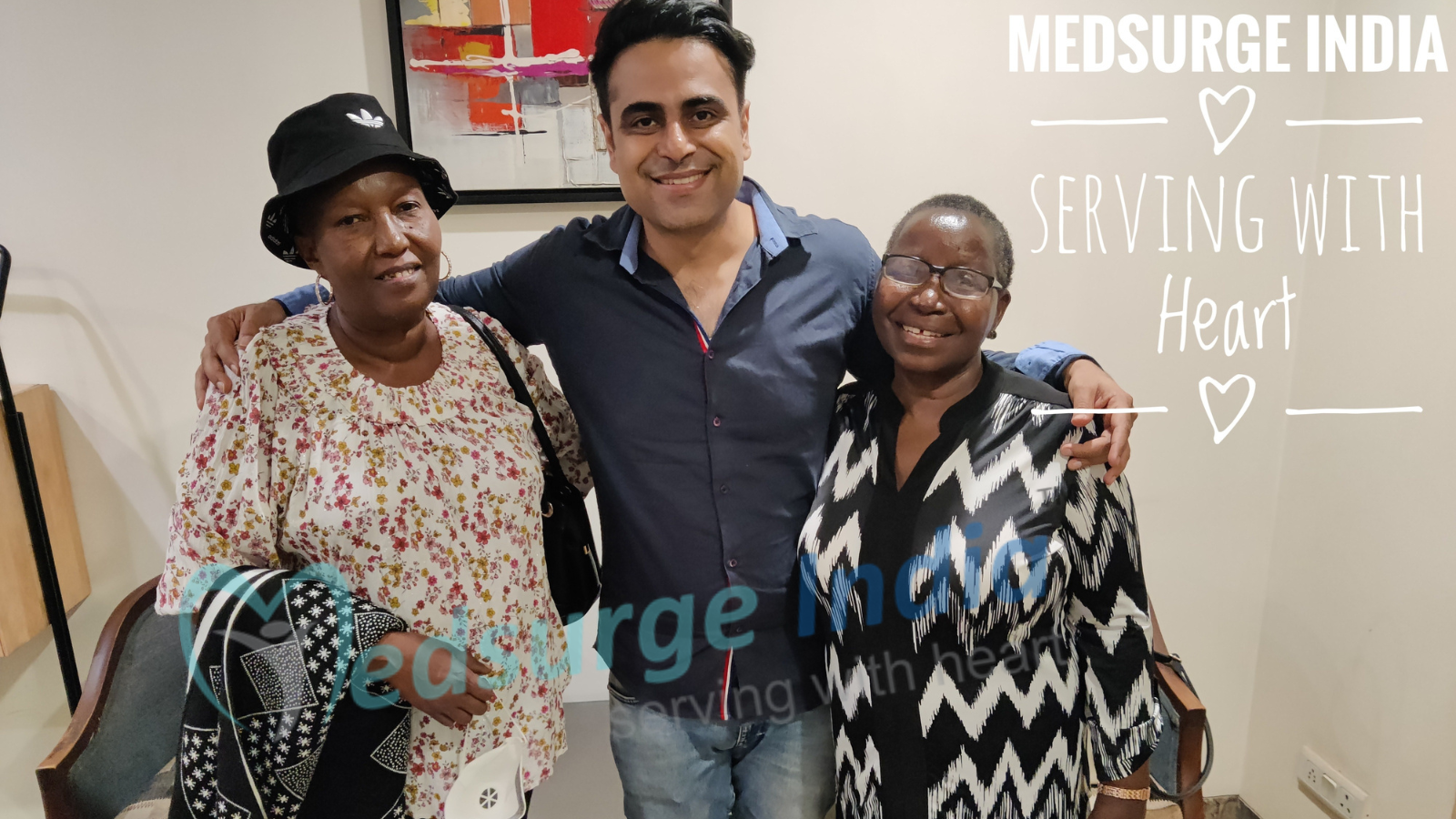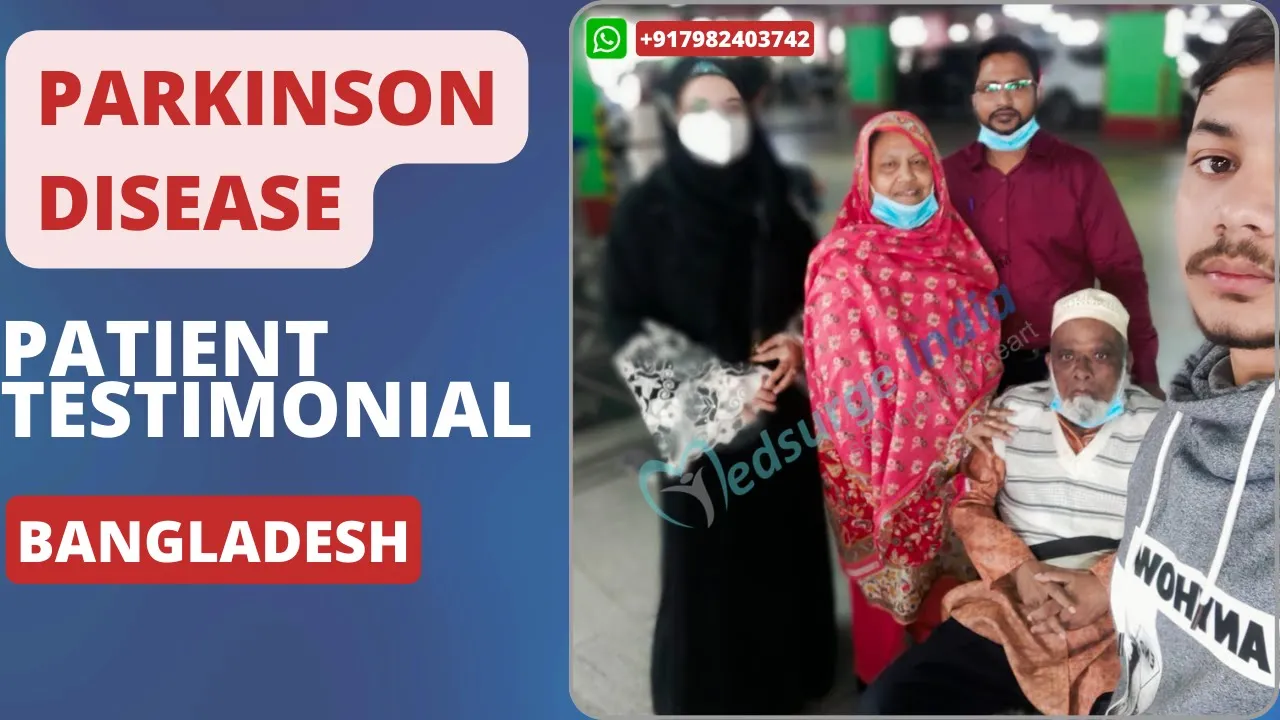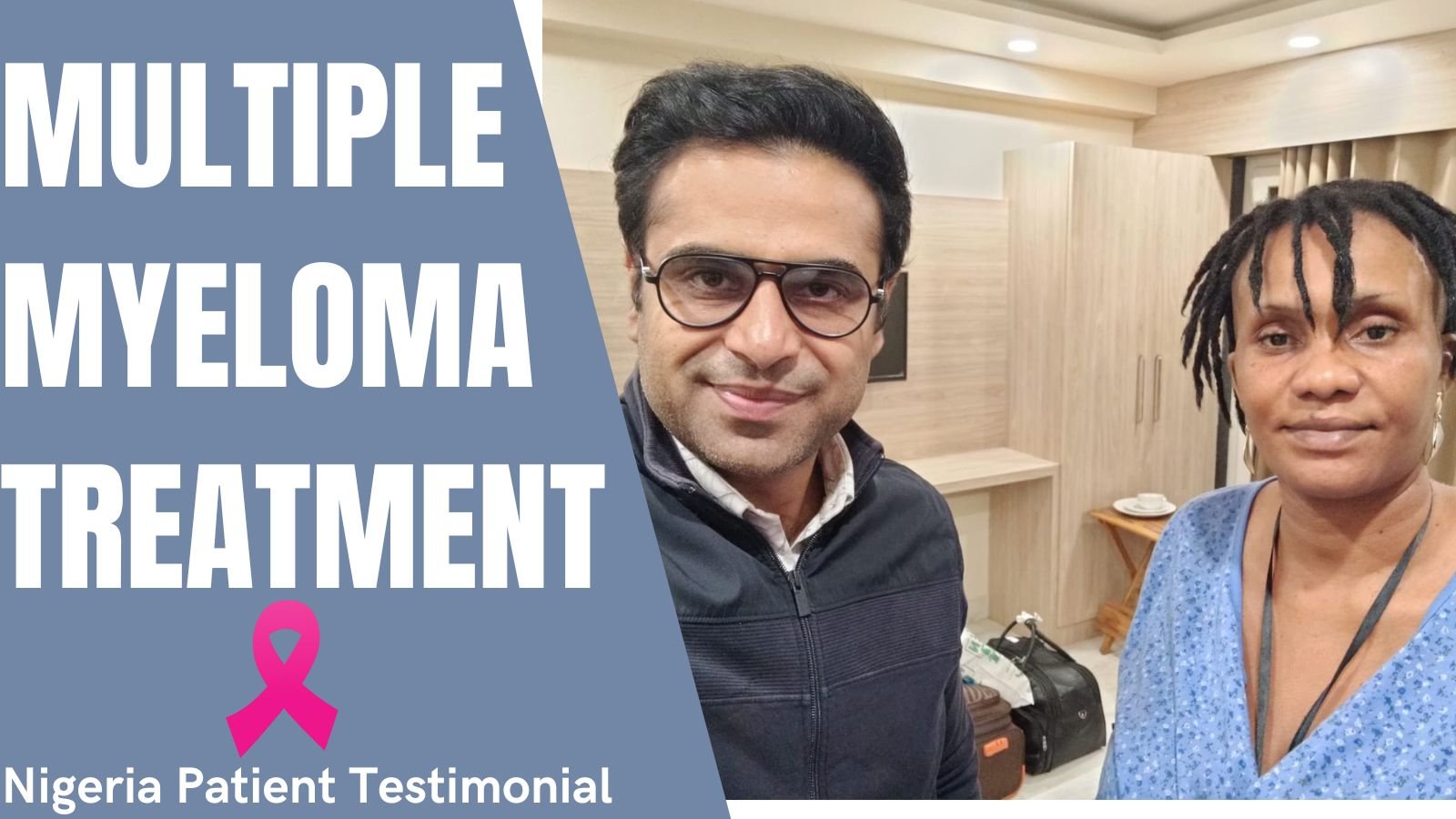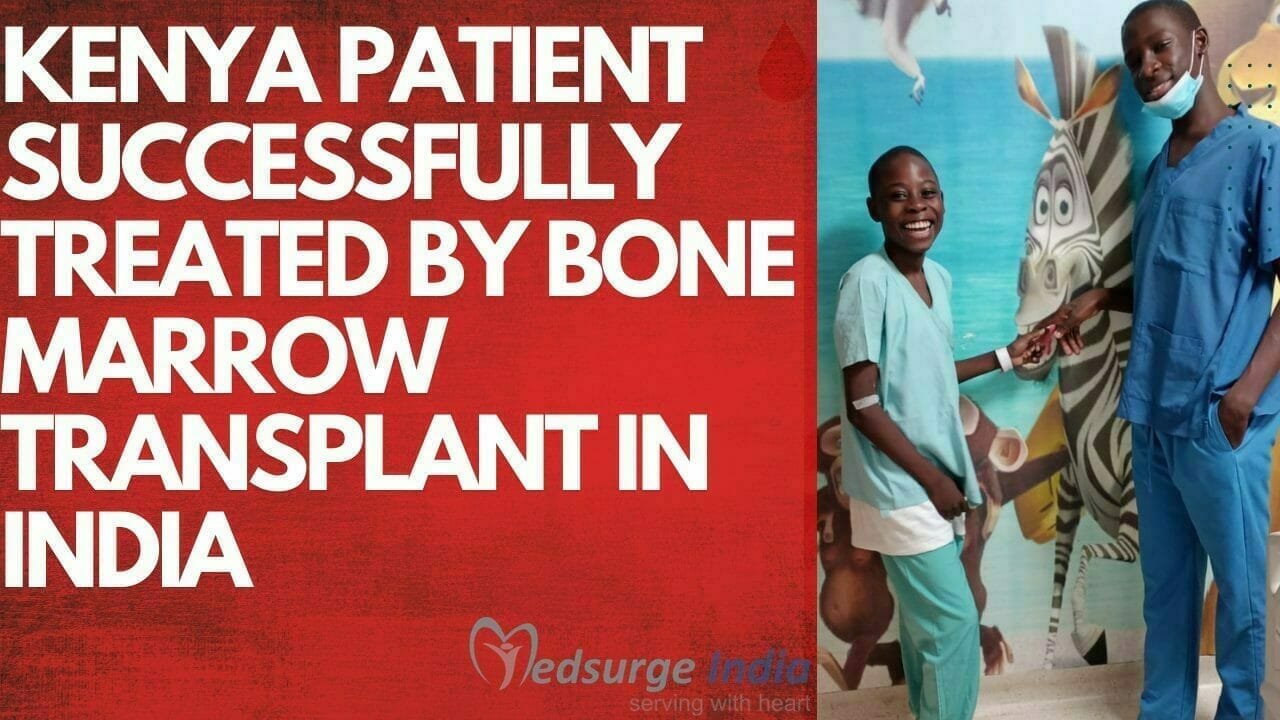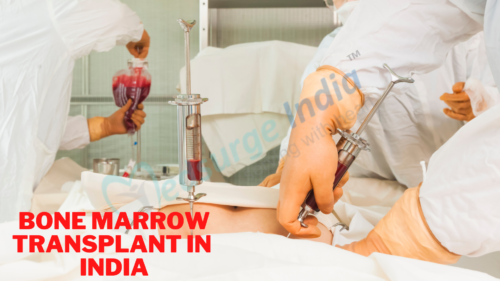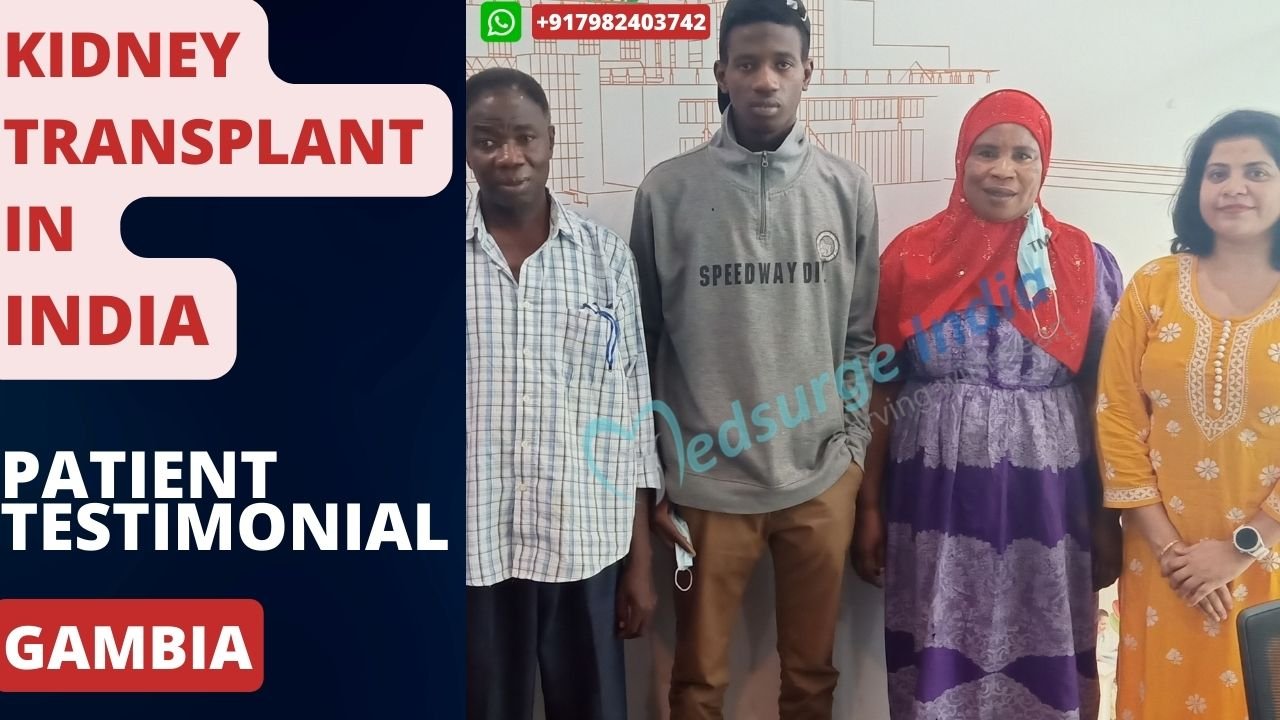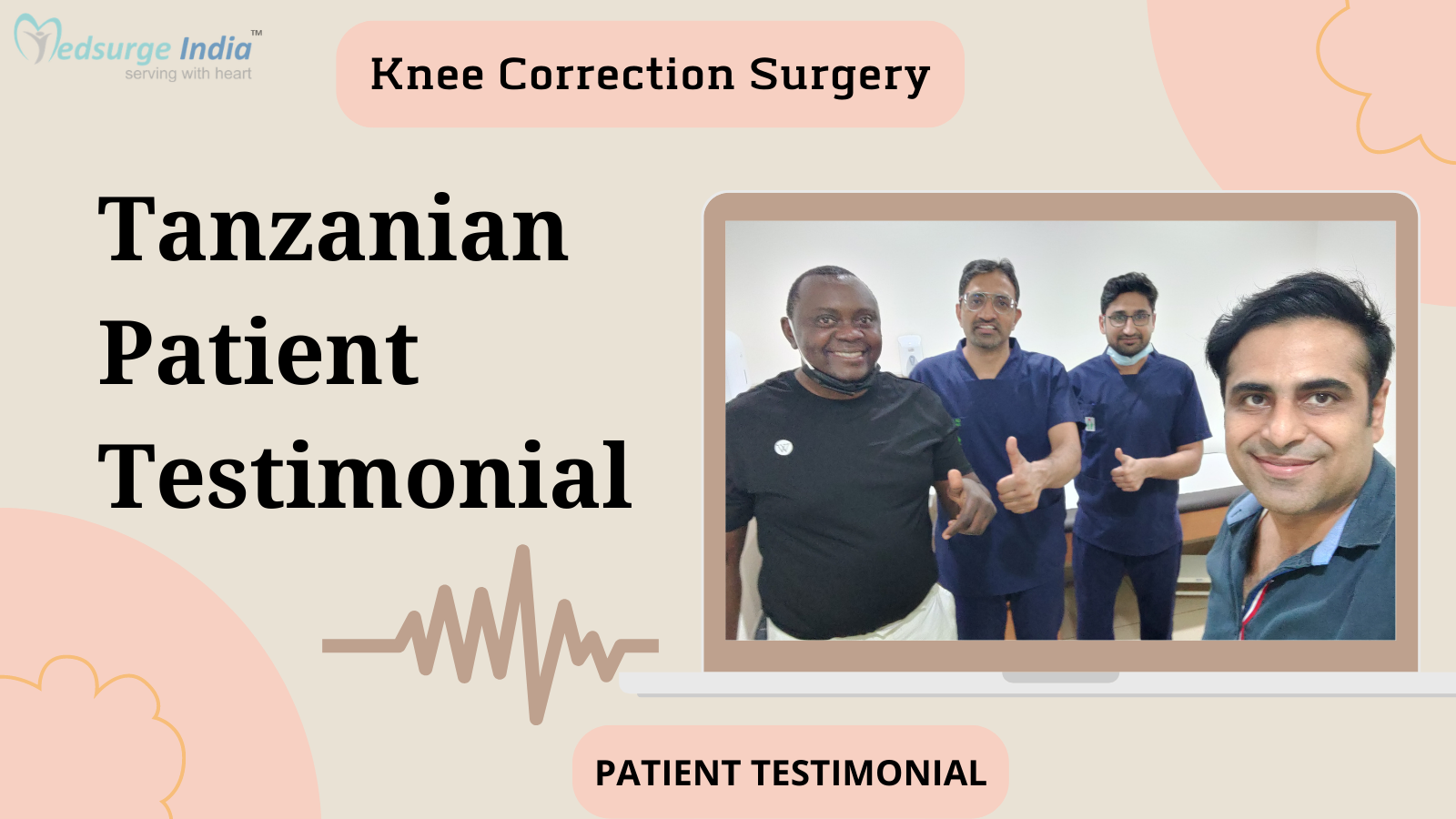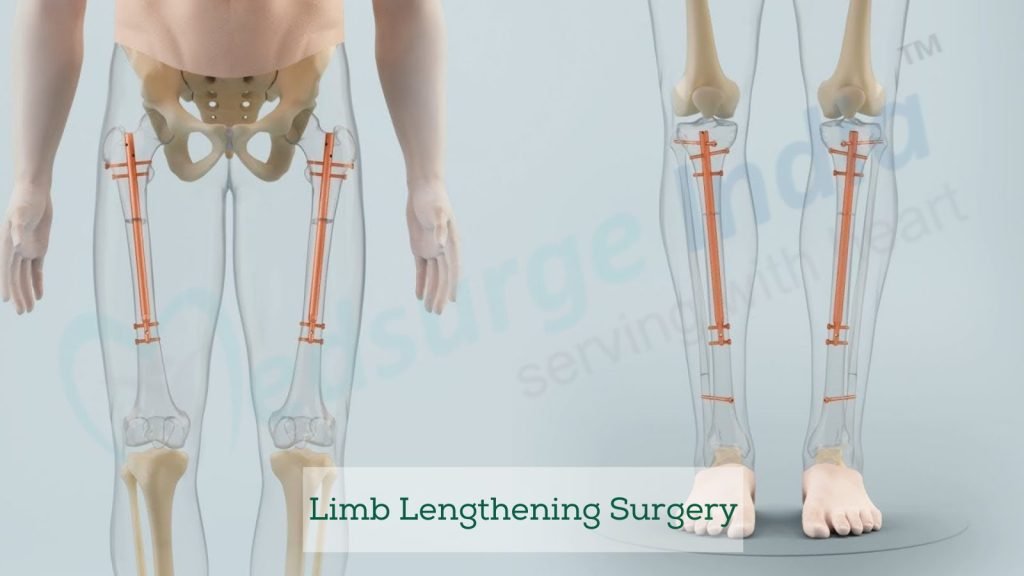
Limb lengthening surgery is a technique that seeks to rectify the patient’s legs and arms, including the humerus, radius/ulna, femur, tibia, and metatarsals, which are all of uneven length or size. Certain congenital anomalies, cerebral palsy, bone injury, poliomyelitis, and other conditions might cause one leg to be abnormally short in comparison to the other.
Patients between the ages of 18 and 25, when their bones have reached their full capacity, are more likely to undergo surgery. Adults with a leg length difference of at least two centimeters can also undergo the operation. Limb lengthening surgery is a long-term procedure that takes several months to complete. As a result, visiting countries such as the United States, the United Kingdom, or even Europe can be rather costly. Limb lengthening surgery in India is a cost-effective solution that can save patients up to 40% of their original treatment costs.
Limb lengthening Surgery cost in India is less expensive than it is in other developed countries. The achievement was made possible in part by the advanced medical technology used in Indian institutions as well as the knowledge of oncologists and surgeons. In addition to these benefits, one of the major factors boosting India’s reputation abroad is its ability to provide affordable limb lengthening surgery in India without compromising clinical standards.
What is Limb Lengthening
Leg lengthening surgery in India is an inpatient procedure that leverages your body’s own capacity to build new bone while soft tissue, nerves, and blood vessels expand slowly over time to lengthen a leg that is shorter than the other leg. One of your leg bones will be sliced and a metal lengthening device will be placed, which will gradually divert or increase the gap between the bones.
This procedure is carried out at a rate of around 1 mm per day until the target bone length is reached. Your body will generate new bone cells to fill up the area as the leg bone is gradually diverted.
An external fixator or an internal lengthening nail can be used to distract the bones.
The metal lengthening device will remain in place for several months after the target length has been obtained until the bone has fully healed and solidified. In outpatient surgery, the lengthening device will be surgically removed.
The new bone is equally as strong as any other bone after it has fully developed and is not at risk of weakening or breaking.
Purpose of Leg Lengthening Surgery
Many people who are candidates for leg lengthening surgery have two legs that are different lengths due to:
- A congenital defect is a birth condition.
- As a toddler, growth plate damage to a leg bone.
- A prior fracture malunion occurs when the leg bone heals out of position.
- A pre-existing fracture that does not heal at all is known as nonunion.
If there is a considerable variation in leg lengths between the right and left sides, patients with skeletal dysplasias or other bone diseases may be candidates for leg lengthening surgery.
Other disorders that might result in a substantial leg length disparity that requires leg lengthening surgery are:
- Poliomyelitis
- Legg-Calve-Perthes disease
If you think you have a leg length discrepancy, you should get a physical exam from an orthopedic healthcare provider to see if it’s a true leg length discrepancy caused by different leg bone lengths or if it is an apparent leg length discrepancy caused by one leg appearing shorter than the other despite the fact that both leg bones are the same length.
How Does Limb Lengthening Surgery Work
- Limb lengthening surgery makes use of the body’s natural ability to generate new bones. The surrounding soft tissue, nerves, and blood arteries stretch and lengthen the limb gradually.
- The surgeon cuts the limb bone and inserts a metallic lengthening device into it. The metal gadget gradually widens the gap between the bones.
- As the bone continues to distract, the body produces new bone cells to fill in the empty space.
- The length of the bone grows at a rate of around 1 mm every day until it reaches the ideal length.
The distraction of the bones can be accomplished in two ways, including the use of an:
- External Fixator – As the name implies, the frame is attached to the bone by pins, wires, and screws and resides outside the limb. From the outside, the surgeon can modify the distance between the two portions of the bones.
- Internal lengthening nail – An internal lengthening nail, unlike an exterior fixator, is introduced into the bone marrow cavity. The nail is operated by a remote control device and is motorized. A magnet in the nail can be rotated through this device, causing it to extend and gradually lengthen the bone.
Even after the required length has been obtained, the metal lengthening device remains in place. It aids in the healing and solidification of the newly created and extended bone.
In outpatient surgery, the gadget is then surgically removed from the patient’s body.
Limb Lengthening Surgery Cost In India
The average Limb Lengthening Surgery Cost In India starts from USD 8000 is more budget-friendly when compared to other countries. Furthermore, the quality and scope of medical services and amenities are on par with those found in the world’s top hospitals. The final cost will depend on your total evaluation and the type of treatment you will need.
Prices of Limb Lengthening Surgery in different cities in India
| Cities | Starting Prices |
| Delhi | USD 8000 |
| Mumbai | USD 8300 |
| Noida | USD 8000 |
| Gurgaon | USD 8000 |
| Kolkata | USD 8000 |
| Hyderabad | USD 8200 |
| Chennai | USD 8000 |
Note that the prices for the treatment will also depend on various factors.
Factors That Can Affect the Cost of Limb Lengthening Surgery in India
In terms of quality and standard, the level of medical care and services is comparable to that of the best hospitals in the world. Even after accounting for travel, hotel, and food expenses. Here are some variables that can affect Limb Lengthening Surgery cost in India:
The important factors that can affect Limb Lengthening Surgery in India are:
- Hospital reputation and infrastructure.
- The expertise and experience of medical professionals.
- The type and frequency of diagnostic procedures.
- The choice of treatment modality.
- Medication costs.
- Duration of treatment.
- Geographical location.
- Hospitalization expenses.
- Government policies and subsidies.
- Medical tourism packages.
By being aware of these variables, patients and medical professionals can successfully negotiate and make choices that suit their requirements and preferences.
Medsurge India offers the best Limb Lengthening Surgery Cost in India at an affordable price for international patients coming to India under the supervision of the most trained doctors.
Get Free Cost Estimation
Procedure
Limb Lengthening Surgery In India
A thorough evaluation of the patient’s limb will be taken first by the doctors and after evaluation, the treatment will start.
Before Limb Lengthening
Before traveling to India for limb lengthening surgery, patients must follow a few guidelines. These are some of them:
- At least one month prior to the surgery, refrain from drinking and smoking.
- Avoid using recreational drugs such as cocaine.
- Avoid taking any medications, herbal concoctions, or blood thinners such as aspirin.
- Maintain a healthy and active lifestyle to improve your post-surgery healing prospects.
After Limb Lengthening
- After the surgery, the patient will be admitted to the hospital for at least three days.
- A cast may be applied to the limb by the surgeon to offer additional support in the newly operated area.
- During their hospital stay, the patient will get inpatient therapy for mobility.
- A week after the surgery, the limb lengthening procedure begins. The latency period is the time between the day of surgery and the start of the limb-lengthening procedure.
- The newly cut bone will generate a callus during the latency period to protect it from additional harm.
Recovery From Limb Lengthening Surgery
- In India, recovery time from a limb-lengthening treatment might be challenging. Over the course of a few weeks, the distraction of the newly cut bone, mending, and development of the new bone all happen at the same time.
- The length of time it takes for the bone to mend is determined by the degree of limb lengthening; 1 cm of lengthening takes about 6 weeks to heal.
- The patient will need to go to the hospital to have the lengthening device adjusted. To avoid infection, they will also need to keep the external pins or screws clean.
- It is critical for the patient to follow all post-operative recommendations in order to have a quicker recovery. Other suggestions for a speedy recovery include:
- Maintain a healthy weight and a healthy diet.
- Receive adequate rest.
- Keep yourself hydrated.
- Maintain a regular physical treatment schedule.
- Maintain an active lifestyle to avoid the formation of blood clots.
- Keep an eye on the treated region for any changes in feeling or color.
- Avoid spending too much time in one position, whether it’s lying down, sitting, or standing.
Best Orthopedic Surgeons in India
Overall, the success rate of Limb lengthening surgery is about 95%. Because most operations only need tiny incisions, scarring is usually minimal. Although pins and stiffness in the joints can cause minor issues, major complications after limb lengthening surgery are uncommon.
After limb-lengthening surgery, you may experience a temporary loss of muscle strength and power, although this should not hinder your ability to do daily tasks.
On about four out of ten occasions, bone lengthening is totally successful.
It is associated with a high rate of complications and the need for additional procedures. Joint contractures (permanent tightening of muscles, tendons, skin, and surrounding tissues that cause the joints to shorten and stiffen) are a possibility.
How to Choose a Hospital For Limb Lengthening Surgery In India
Hospitals that perform limb lengthening surgery in India are well-known for their hospitality and patient care services providing the finest hospital and orthopedic surgeons in India. However, choosing a suitable hospital for treatment can be difficult for an international patient. It is a significant decision that must be made with several factors in mind, including:
- Quality certificates and accreditations
- Hospital and transportation facility location
- Team of doctors and surgeons
- Advanced diagnostic and therapeutic equipment
- International patient assistance
Why Do Individuals Prefer to have Limb Lengthening Surgery in India
Certainly, India is a popular destination for those seeking limb-lengthening surgery and medical procedures. Limb lengthening surgery cost in India is typically a fraction of the cost of a comparable procedure and consideration in the United States and other developed countries. In any case, the limb lengthening surgery cost in India may vary depending on the type of medical procedure, the use of inserts, and the patient’s other conditions. As a result, the final charges for limb lengthening surgery in India given to patients are entirely based on their clinical reports, as well as the patient’s current condition, type of medical procedure, type of room, the specialist’s skill, and hospital brand.
The best hospitals for limb lengthening surgery in India provide comprehensive appropriate treatment, including comprehensive pre-operative evaluations, minimally invasive surgical options, and post-operative rehabilitation programs. Patients can expect personalized treatment, individualized attention, and compassionate care at these medical facilities. The hospitals are accredited by top international organizations such as the National Accreditation Board for Hospitals and Healthcare Providers (NABH) or the Joint Commission International (JCI).
How Can Medsurge India Help
Medsurge India is a prestigious support system for patients looking for doctors, hospitals, and specialized treatments. Our staff will provide you with a list of licensed, renowned, and trustworthy physicians and medical facilities in relation to your medical needs. Additionally, we offer a treatment strategy that fits your budget. Apart, we assist patients with obtaining travel authorizations, medical visas, and a multitude of other things.
The Most Important Frequently Asked Questions
Q: Can You Walk Normally After Limb Lengthening Surgery?
A: You’ll need to help your child get around with crutches, a walker, or a wheelchair for roughly 6–8 weeks after surgery, as directed by your care team. During this period, your youngster should not put any weight on the leg with the internal lengthening device.
Q: Is Leg Lengthening Surgery Risky?
A: Infection, fast or delayed bone healing, stiffness, and edoema are among potential consequences of limb lengthening and repair. Before your kid leaves the hospital, you will be taught how to clean and manage your child’s pin and wire sites to reduce the risk of infection.
Q: Can I Increase My Height by Surgery?
A: Leg-lengthening surgery is available in over a twelve nations, with some patients gaining up to five inches in height (13cm). While it’s difficult to determine how many individuals have it done each year, clinics say it’s becoming more popular.
Q: Does Leg Lengthening Surgery Leave Scars?
A: Because most procedures only need tiny incisions, scarring is usually minimal. Although pins and stiffness in the joints can cause minor issues, major complications following limb lengthening surgery are uncommon.
Q: How Old Do You Have to Be to Get Limb Lengthening Surgery?
A: Limb-lengthening surgery is more common in young adults between the ages of 18 and 25, when bone growth is at its peak. The surgery may, however, be performed on older adults in exceptional circumstances. A doctor will usually propose leg-shortening or leg-restriction surgery if a person’s bones have stopped growing.
Top Hospitals for Limb Lengthening Surgery In India
Top Doctors for Orthopedics
Dr. Chinmay Nath
Senior Consultant
Experience: 28+ years of experience
Narayana Multispeciality Hospital, Barasat, Kolkata
Kolkata, India
Dr. Kaustav Debnath
Associate Consultant
Experience: 10 years of experience
Medica Superspecialty Hospital
Kolkata, India
Dr. Brahmaraju TJ
Consultant
Experience: 17 years of experience
SS SPARSH Hospital (Mysore Road) Bangalore
Bangalore, India
Dr. Ashok Dhar
Senior Consultant
Experience: 22 years of experience
Fortis Escorts Hospital, Faridabad
Faridabad, India
Dr. Prashant Arya
Senior Consultant
Experience: 8+ years of experience
Brahmananda Narayana Multispeciality Hospital, Jamshedpur
Jamshedpur, India
Dr Ritabh Kumar
Chief
Experience: 26 Years
Indian Spinal Injuries Center, New Delhi
New Delhi, India
Dr. Surendranath Shetty B
Senior Consultant
Experience: 41 years of experience
Apollo Speciality Hospital, Jayanagar
Bangalore, India
Dr. Surya Udai Singh
Senior Consultant
Experience: 23+ years of experience
NH Rabindranath Tagore International Institute of Cardiac Sciences, Kolkata
Kolkata, India
Dr. Sutanu Hazra
Consultant
Experience: 19 years of experience
AMRI Hospital, Kolkata (Mukundapur)
Kolkata, India

